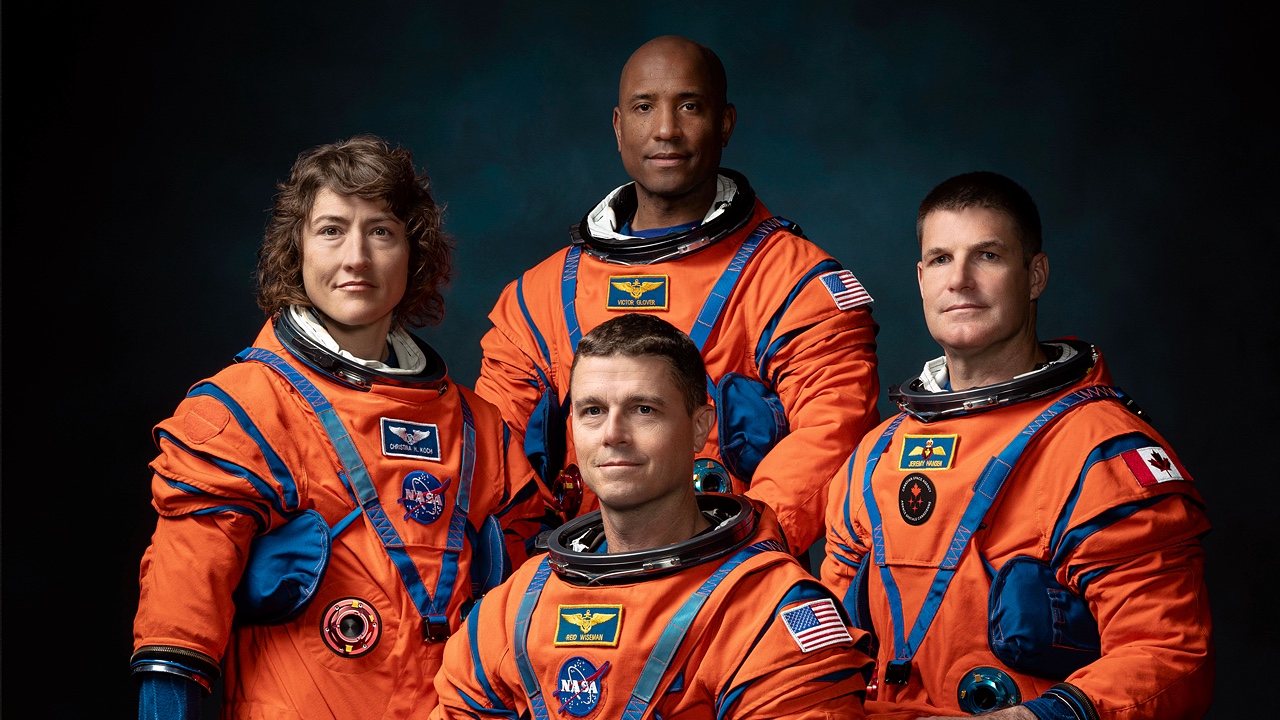
SpaceX has revolutionized the aerospace industry with innovative technology and bold strategies that have reshaped how we view space exploration. From reusable rockets to groundbreaking missions, the company has pushed the boundaries of what’s possible in space travel. Here are ten ways SpaceX is changing the future of space exploration.
Reusable Rockets
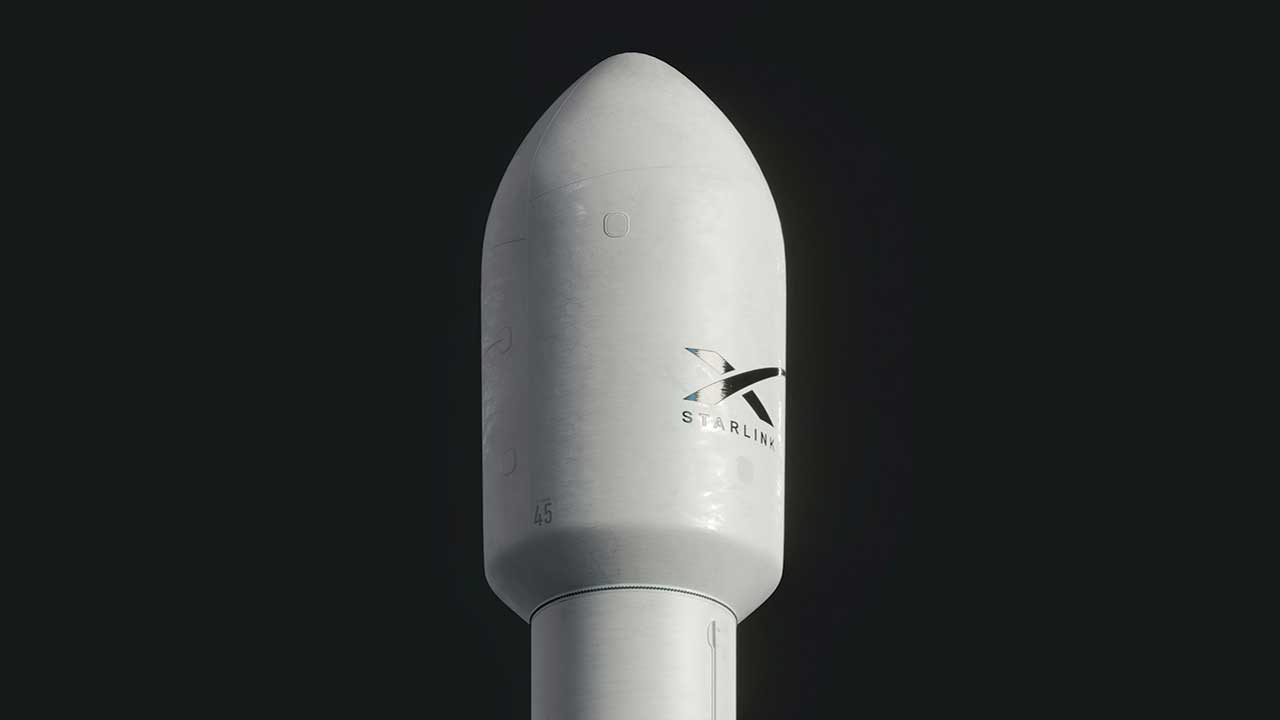
SpaceX’s Falcon 9 rocket, with its reusable design, has drastically reduced the cost of space travel. By landing and refurbishing rockets for future missions, the company has made space access more economical. This approach has redefined the idea of space missions, turning launches from one-time events into reusable, cost-effective endeavors. (Source: SpaceX)
Private Space Travel

SpaceX has pioneered private space travel, enabling individuals and companies to access space without relying on government agencies. Through partnerships with commercial entities and organizations like Axiom Space and Blue Origin, SpaceX is leading the way in making space travel available to non-governmental entities, unlocking new opportunities for exploration.
Starship and Mars Colonization

SpaceX’s Starship project is at the heart of the company’s vision for interplanetary travel. Designed for deep space missions, Starship aims to make Mars colonization a reality. With its capacity to carry up to 100 passengers, it will play a critical role in humanity’s goal to establish a permanent presence on Mars. (Source: SpaceX)
Low-Cost Satellite Launches
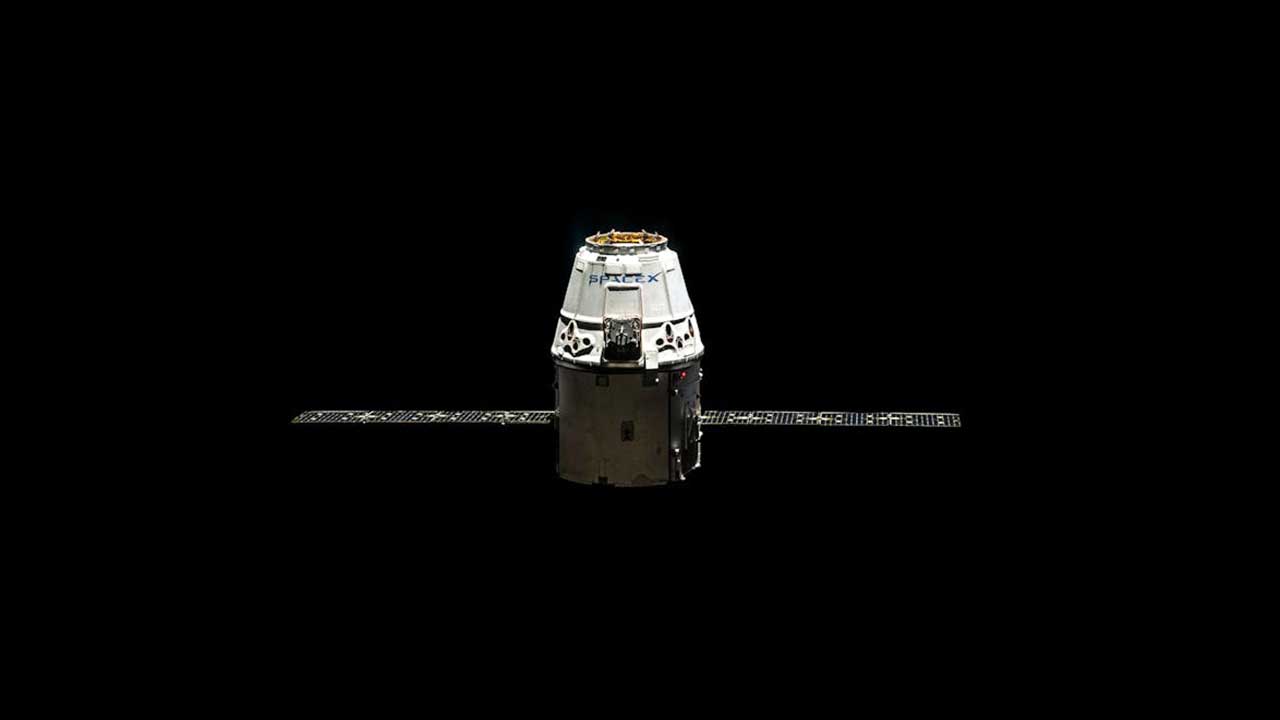
By reducing the cost of space launches, SpaceX has made it more feasible for companies to send satellites into orbit. The company’s Starlink initiative, which aims to provide global internet coverage via satellite, demonstrates how cost-effective launches can transform industries such as telecommunications and internet access in underserved regions.
Rapid Launch Turnaround
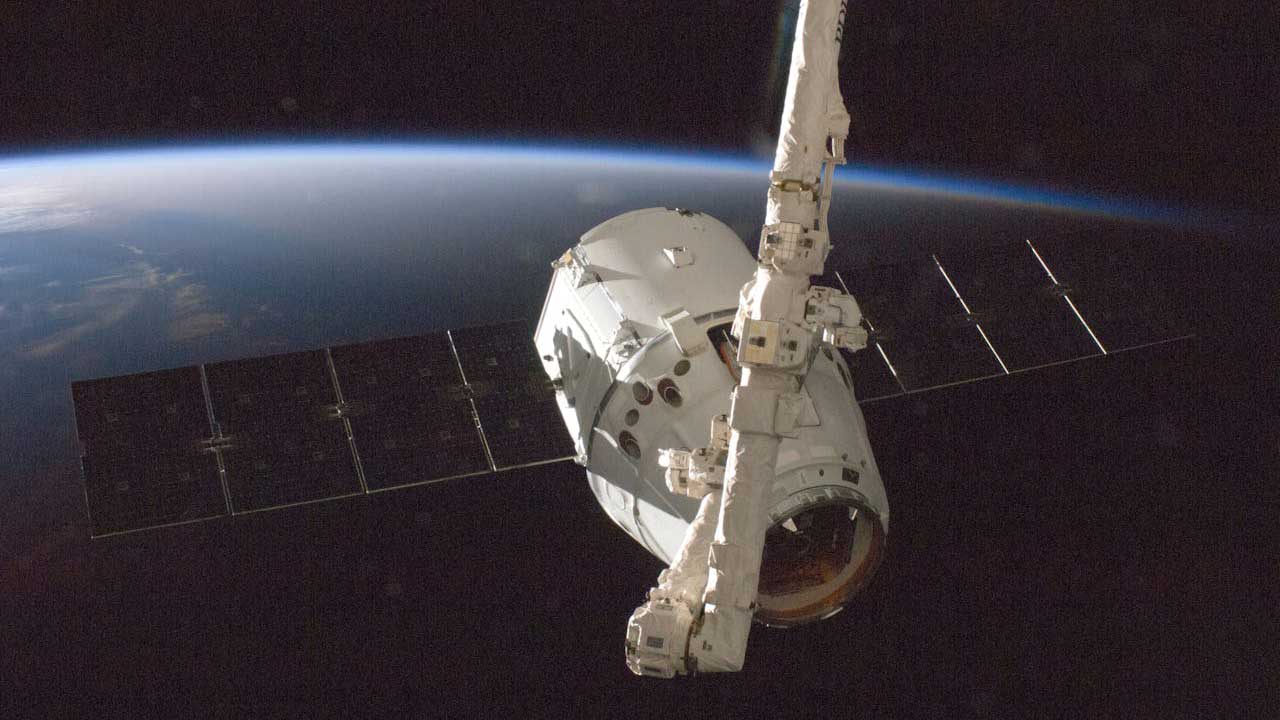
SpaceX has introduced an unprecedented turnaround time for rocket launches. With the ability to reuse Falcon 9 boosters and the streamlined process at its facilities, SpaceX can now launch rockets with minimal downtime. This rapid launch capability opens up the potential for more frequent missions, expanding the reach of space exploration. (Source: Wikipedia)
Mars and Lunar Missions

SpaceX’s Starship is also central to NASA’s plans for returning astronauts to the Moon. The spacecraft will be used for NASA’s Artemis mission, which aims to establish a sustainable human presence on the Moon by 2025. This collaboration highlights how SpaceX’s technology is supporting humanity’s next giant leap in space exploration.
Commercial Cargo to the ISS

Through NASA’s Commercial Crew Program, SpaceX has become a key player in delivering cargo to the International Space Station (ISS). Their Dragon capsules regularly carry supplies, research equipment, and crew to and from the ISS, enabling continued scientific advancements and maintaining critical international collaborations in space.
Global Internet Connectivity with Starlink

With the Starlink network, SpaceX is working to provide high-speed internet to every corner of the globe, including remote and rural areas. The constellation of thousands of satellites will bridge the digital divide, providing reliable internet service to places previously unreachable by traditional broadband infrastructure. (Source: Starlink)
Groundbreaking Launch Sites
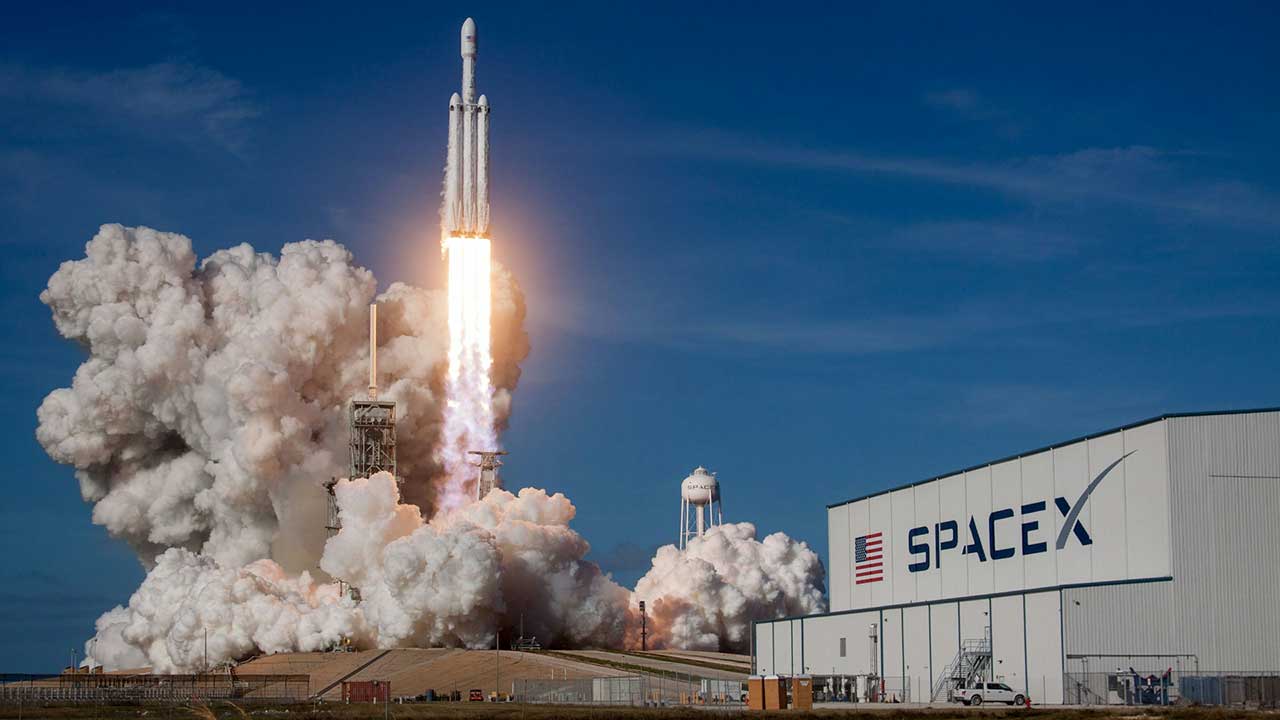
SpaceX has developed new launch sites, including its private Spaceport in Boca Chica, Texas, where it tests Starship prototypes. These launch sites provide flexibility and autonomy, reducing dependence on government-run facilities. SpaceX’s innovative approach to launch infrastructure enhances its capabilities and allows for faster development and testing.
Commercial Space Tourism

SpaceX’s Crew Dragon spacecraft has opened up the possibility for space tourism. With missions like Inspiration4, the company demonstrated the viability of civilian space flights. This marks the beginning of a new era for space tourism, where private citizens can experience space travel, with more missions planned for the future. (Source: NASA Science)
International Collaboration
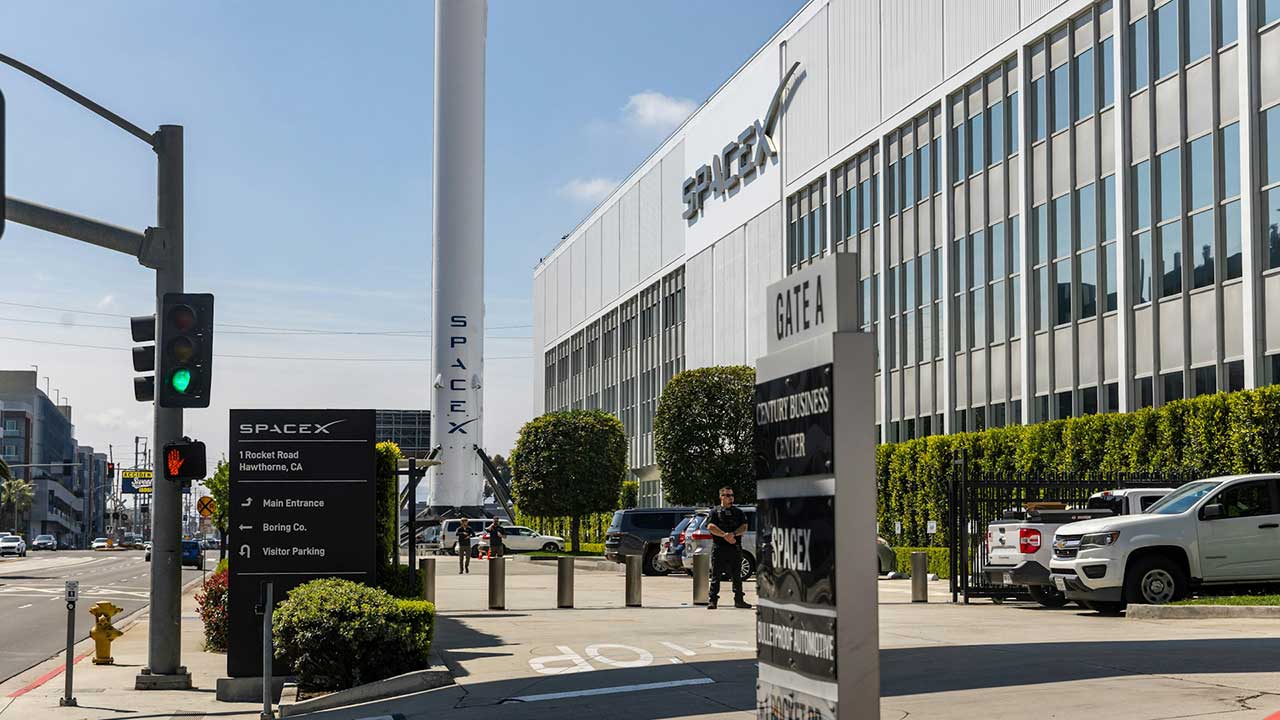
SpaceX’s global partnerships are expanding the scope of space exploration. Collaborations with international space agencies, such as NASA and ESA, have made SpaceX’s technology central to the success of various space missions. These partnerships enhance the company’s influence in space exploration, contributing to global efforts to advance human space presence.